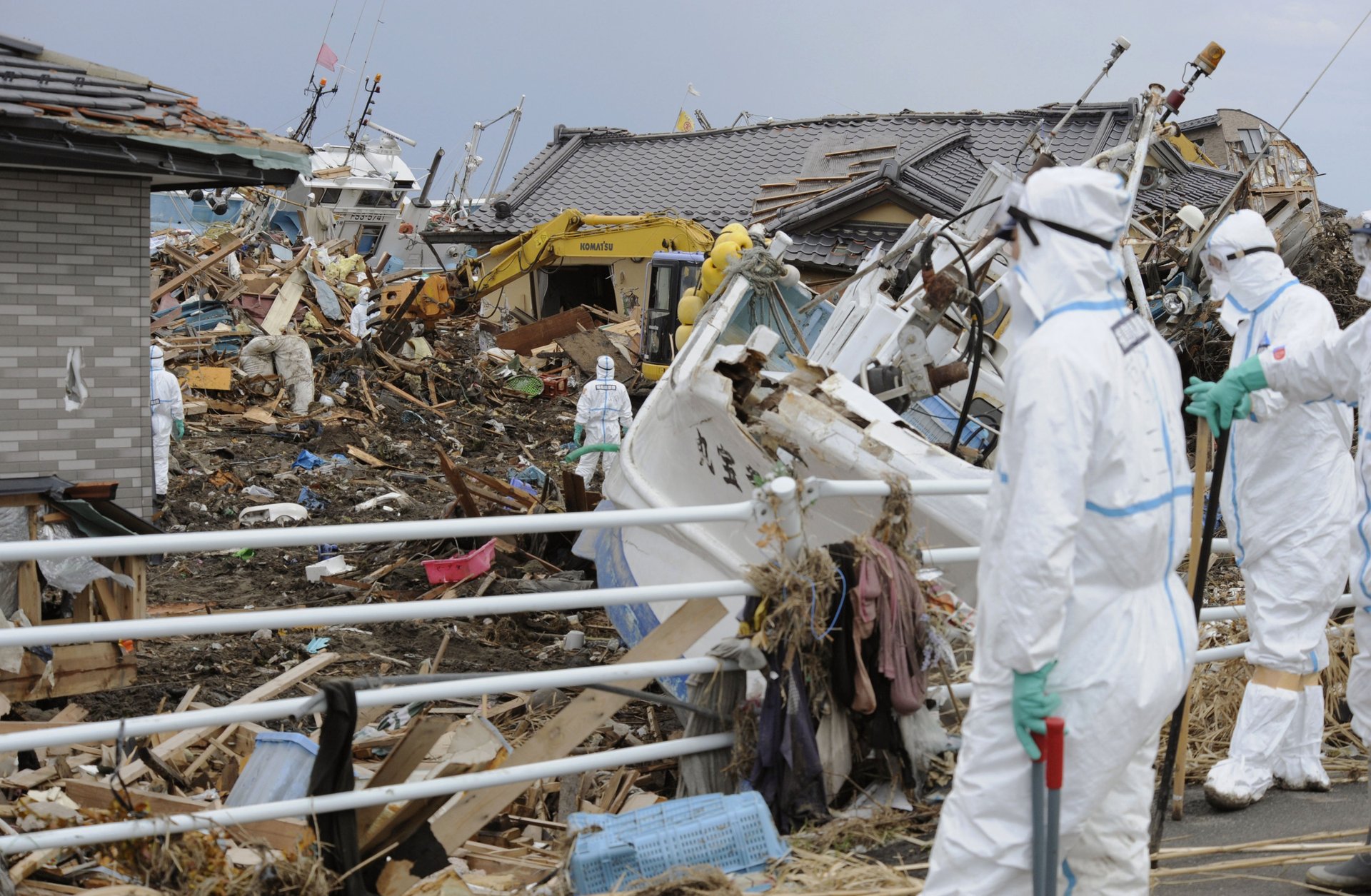Scientists say earthquakes abroad are triggering quakes in the US as fracking pressures faults
A study released today finds that big earthquakes around the world have triggered separate quakes in the US where wastewater resulting from natural gas production is injected underground.


A study released today finds that big earthquakes around the world have triggered separate quakes in the US where wastewater resulting from natural gas production is injected underground.
The paper published in the journal Science has implications beyond hydraulic fracturing, or fracking, the process that injects pressurized chemical-laced water to break up subterranean rock formations that contain oil and natural gas. Scientists at Columbia University and the University of Oklahoma found that earthquakes half a world away can also set off quakes at sites of more conventional oil production.
For instance, the magnitude 9.0 quake in March 2011 that devastated Japan set off a 4.5 quake in the west Texas town of Snyder six months later as seismic waves caused faults in the nearby Cogdell oil fields to slip. Historically, the region has been relatively seismically calm but for decades drillers have injected fluids into the fields to extract oil and the growing pressure has weakened fault lines.
“These faults are close to the edge of failure and the presence of fluids amplifies the effect of these long-range seismic waves and pushes them to the tipping point,” Columbia researcher Nicholas van der Elst, the study’s lead author, told Quartz.
While most of the fight over fracking has focused on water pollution, the new study is the latest to document the risk of earthquakes from the oil and natural gas boom of recent years. The rapid increase in gas production has also produced huge volumes of wastewater that is often stored in depleted oil fields or other underground reservoirs. Earlier this year another study linked a 5.7 magnitude earthquake in November 2011 in Prague, Oklahoma–usually not a seismic hotspot–to wastewater injected in a nearby oil field.
But the ability of big earthquakes to trigger quakes thousands of miles away is sure to intensify the debate over fracking, particularly in seismically volatile states like California, home to the US’s largest shale oil reserves and where environmentalists have been fighting to ban the practice.
By comparing the signatures of seismic waves, the scientists also linked an 8.8-magnitude earthquake in Chile in 2010 to the Oklahoma quake. The Chile quake also triggered a swarm of smaller quakes in Trinidad, Colorado, where wastewater is injected into coal beds to extract methane. And an April 2012 earthquake in Sumatra with a magnitude of 8.6 has been associated with quakes in Oklahoma.
Here’s where things get scary: While most of the American temblors were relatively small, scientists say there’s no reason to believe that a monster quake in one place could not set off a huge quake in another.
“While triggered earthquakes represent a small proportion of total earthquakes in the region there’s nothing in the science that tells you they can’t be big,” says van der Elst.
He stresses that even without such triggers, the US will continue to experience quakes near wastewater injection sites as pressure builds on faults. In fact, the seismic waves from remote distant quakes act as an early warning system by highlighting those faults close to failure.
“The best indication of whether sites are capable of larger earthquakes is the occurrence of smaller earthquakes,” says van der Elst.